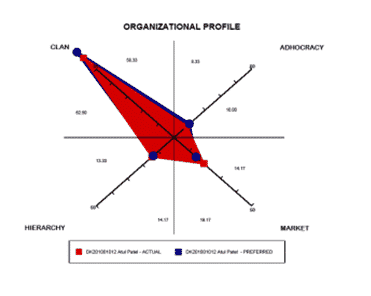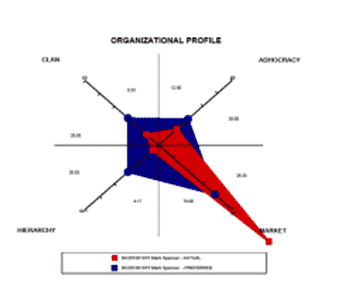Business Stalled? Maybe it’s Your Culture!

 Has growth slowed? Stalled? Gone in the wrong direction? Perhaps it is your Culture.
Has growth slowed? Stalled? Gone in the wrong direction? Perhaps it is your Culture.
Are you ready to take a hard look at how you get things done? Last week I led several workshops on culture change for companies in Canada. Many of them were facing one or more challenges:
- Stall-Point: One CEO’s company had stalled. Despite having hired a new sales manager, new business was not coming in and current clients were pressuring her for price adjustments. What to do?
- The Entrepreneur’s Nightmare: Another CEO had grown her business as an impactful entrepreneur—full of ideas and capable of doing it all. And she was still doing it all—which meant her team kept watching her work hard, waiting to be told what to do.
- Merger Challenge: A third CEO’s company had been rolling up competitors only to discover that the nemesis of all acquisitions is the stress of merging different cultures into one amalgamated new one. Could 1 + 1=3 or barely 1½?
To better see their businesses in a new light, these CEOs took an online Organizational Culture Assessment Instrument  (OCAI)—you can even try it at www.ocai-online.com)—to examine their cultures as they are today and see how they would prefer them to be in the future. The OCAI helped them each place their company into one of four quadrants.
(OCAI)—you can even try it at www.ocai-online.com)—to examine their cultures as they are today and see how they would prefer them to be in the future. The OCAI helped them each place their company into one of four quadrants.
On the left are the four quadrants—four very different ways companies organize themselves into corporate cultures. Designed at the University of Michigan by Kim Cameron and Robert Quinn, the OCAI becomes a powerful tool for helping business leaders evaluate their culture today and begin to see where they would prefer to be in the future.
Check out the graphs below. They show two very different ways our CEOs viewed how they get things done, the glue that holds their businesses together, their leadership styles and their definition of success. The graphs also reveal the fundamental way they do business, as well as the way they grow their business.
The company illustrated in the graph below is very concerned about its team, collaboration, human talent and the “clan.” And it is rather satisfied with staying that way.
The next graph depicts a company that is very concerned about competition, growth, reaching out, beating others, delivering results—very market-driven but not necessarily wanting to stay that way. In fact, its graph suggests that the focus on market-driven results needs to be modified to allow for more innovation and collaboration.
Their companies’ graphs became an excellent way to kick start their own visual awakening, and yours. In your head you may realize it is a good time to change—but behavior change and cultural change are both tough.
So how do you change your company anyway? First, remember it is a journey. This is not a two month culture change process that you put into place and step back and watch. As humans, we are very happy doing every day what we did yesterday. The habit-trail is an efficient and adaptive driver of our own survival. Why use more energy than we need to?
Actually changing those habits means we need to do four things:
- Create a clear picture in your mind that can be shared in a story about how you will get things done in the future. If you are making acquisitions or merging with other companies, you need to step back and decide whether the success of the new company will be brought about by “doing it the way we, the acquirer, has always done it?” Or, is this a crucial time of growth and change where you are going to have to become more structured? More market-driven? Or more innovative as you bring in new ideas and new people? If so, how will you realistically accomplish any of these?
- Build a team strategy for moving the organization toward a new way of doing things. This necessitates a lot of people changing. For the best results, let them help you build the strategy. What will you actually “do”? Can you map out what you will “Start, Stop and some things you will never Change.”
- Frame a clear plan about what you want “more of and less of.” What will you do differently, much less of, and even stop altogether? For our over-compensating entrepreneur, you can almost envision her realizing how she has to change her daily routine, get out of the office and stop doing everything for everyone.
- Celebrate. Do not underestimate the power of praise, celebration and new rituals.
One CEO said it so well—“I guess I really need a plan and I need to live it!” Another realized that “talk is cheap, execution wins.” They too recognized that their brains hated change as much as those of their employees. If they did not lead, no one else was going to either. They recognized that the time was ripe for a new culture. They saw that the times, they were “a-Changin.’”
Category: Innovation
Tags: Andrea Simon, culture change, Kim Cameron



